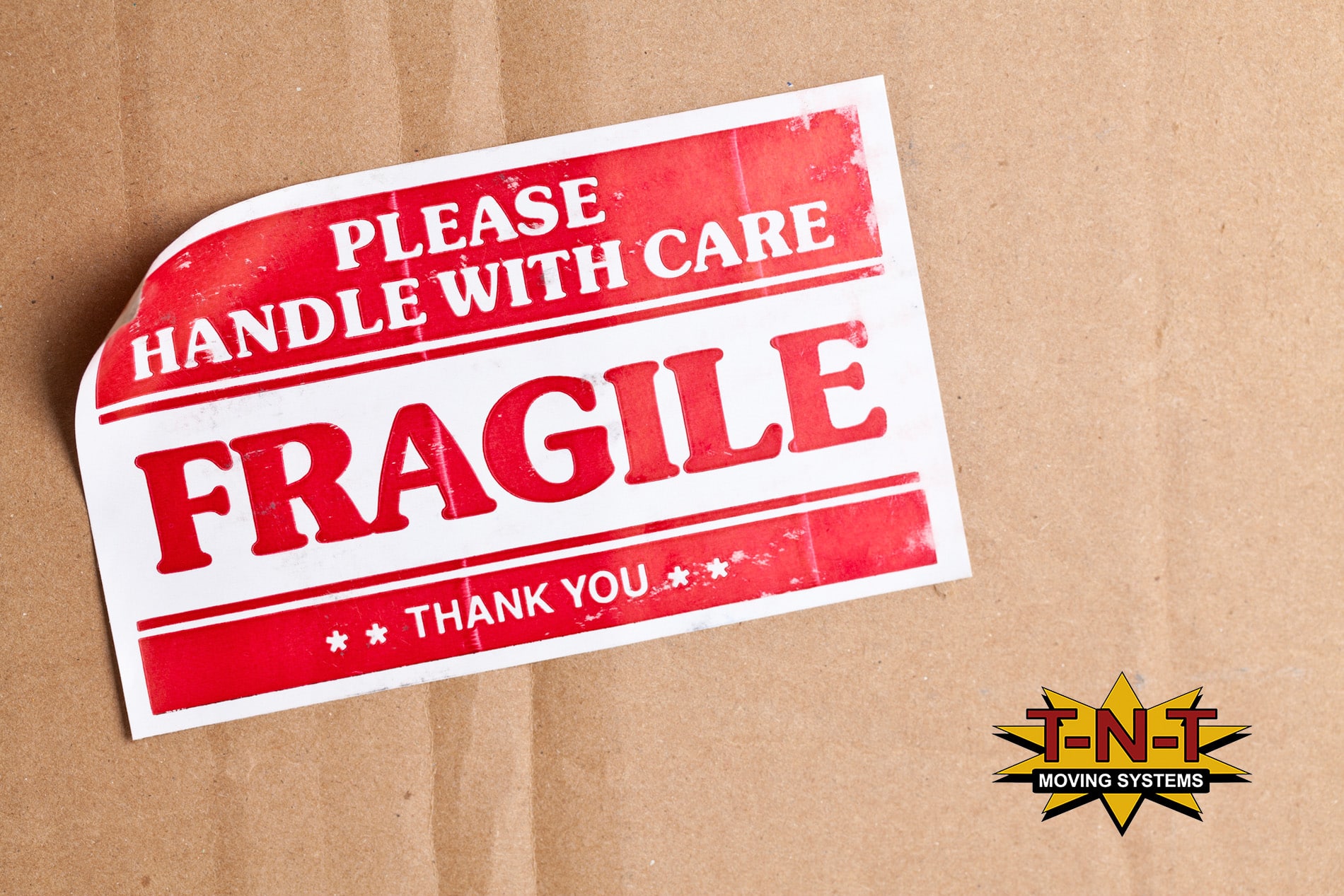When To Move Because of Global Warming: A Brief Guide
Climate change is an undeniable reality that has been affecting our planet for decades now. The increasing temperatures, rising sea levels, and natural disasters like wildfires and hurricanes have made it clear that we need to take steps to mitigate the impact of global warming.
T-N-T Moving Systems proposes a potential solution for families: moving to a new state. But we wouldn’t make such a proposal without doing our research first! This guide aims to help you understand when to consider moving and which states to include on your destination list based on fire risk, access to clean water, and other factors.

Should You Think About Moving to a State That Has Fewer Fires?
Wildfires are a major natural disaster in many parts of the US, and their frequency and intensity have been steadily increasing due to global warming. You might be constantly worried about the safety of your family and your property if you live in an area prone to wildfires, and it could be time to make some moves.
Moving to a state or region that has fewer or no wildfires is a viable option. States like New England, the Midwest, and parts of the East Coast have historically been less prone to wildfires — the Carolinas, in particular, are quite safe when it comes to wildfires (and several other climate change disasters)!
That said, it’s essential to do thorough research on an area’s fire history and consult local experts and officials before making a decision. When it’s time to pack your belongings and make the trip, connect with T-N-T Moving Systems to make the process smoother and less stressful!
Should You Move to a State With Clean Water?
Access to clean water is a crucial factor in assessing a place’s suitability for relocation because global warming can have severe consequences on water resources. Droughts, floods, and contamination pose a significant risk to a state’s water supply, leading to serious health concerns.
If your home has limited access to clean drinking water, moving to a state with ample water resources, such as the Pacific Northwest or the Great Lakes region, is worth considering. Look into the quality and accessibility of drinking water in the prospective state, and don’t underestimate its importance. It can make the difference between healthy and unhealthy families.
What’s the Riskiest Place To Live in the US?
Every state is affected in some way by global warming, but certain areas are more vulnerable to its impact. According to the National Climate Assessment, coastal regions and low-lying states (e.g., Florida, Louisiana, Delaware, etc.) are most at risk due to the rising sea levels.
These states face the threat of severe storms, flooding, and saltwater intrusion, all of which can significantly affect infrastructure, property, and livelihood. Take these risks into account when choosing a place to live, and take the necessary precautions to ensure your safety and well-being.
What’s the Most Economical Choice?
As with natural disasters, the economic effects of climate change can be significant and leave some areas more vulnerable than others. According to a study by the Brookings Institution, states like Utah, Colorado, and Minnesota are most economically resilient to climate change because of diversified economies, lower population density, higher education levels, and other factors.
In that regard, residents in these states may enjoy better job opportunities, higher incomes, and faster recovery from natural disasters. Just don’t make economic considerations the sole factor in your decision. Choosing the best location for your family requires you to consider clean water, climate risks, and financial stability equally.
Other Factors When Choosing Where To Move
As critical as it is to think about climate change in terms of your future, it shouldn’t be the only determinant when deciding on a state and area for your relocation. Here are some other essential factors for narrowing down your destinations:
- The overall affordability of the state (e.g., housing, taxes, everyday expenses, etc.)
- The job market and career prospects in your field
- The availability and quality of schools and universities
- The safety of the area (crime rates and community safety)
- The accessibility and quality of healthcare facilities and services
- The lifestyle and community you want
- The proximity to natural attractions, parks, and outdoor activities (if you enjoy the outdoors)
The Bottom Line
Global warming is one of the biggest challenges we face today, and its impact on our lives is significant and inevitable. Sure, moving might seem like a drastic step. But it could be necessary if your family’s safety and well-being are compromised where you currently live.
Consider the information and advice above as you determine when to move and which state to choose. Keep researching other factors that will impact your lives (e.g., schools, cost of living, recreational activities, etc.). And start taking steps towards a more sustainable future.




